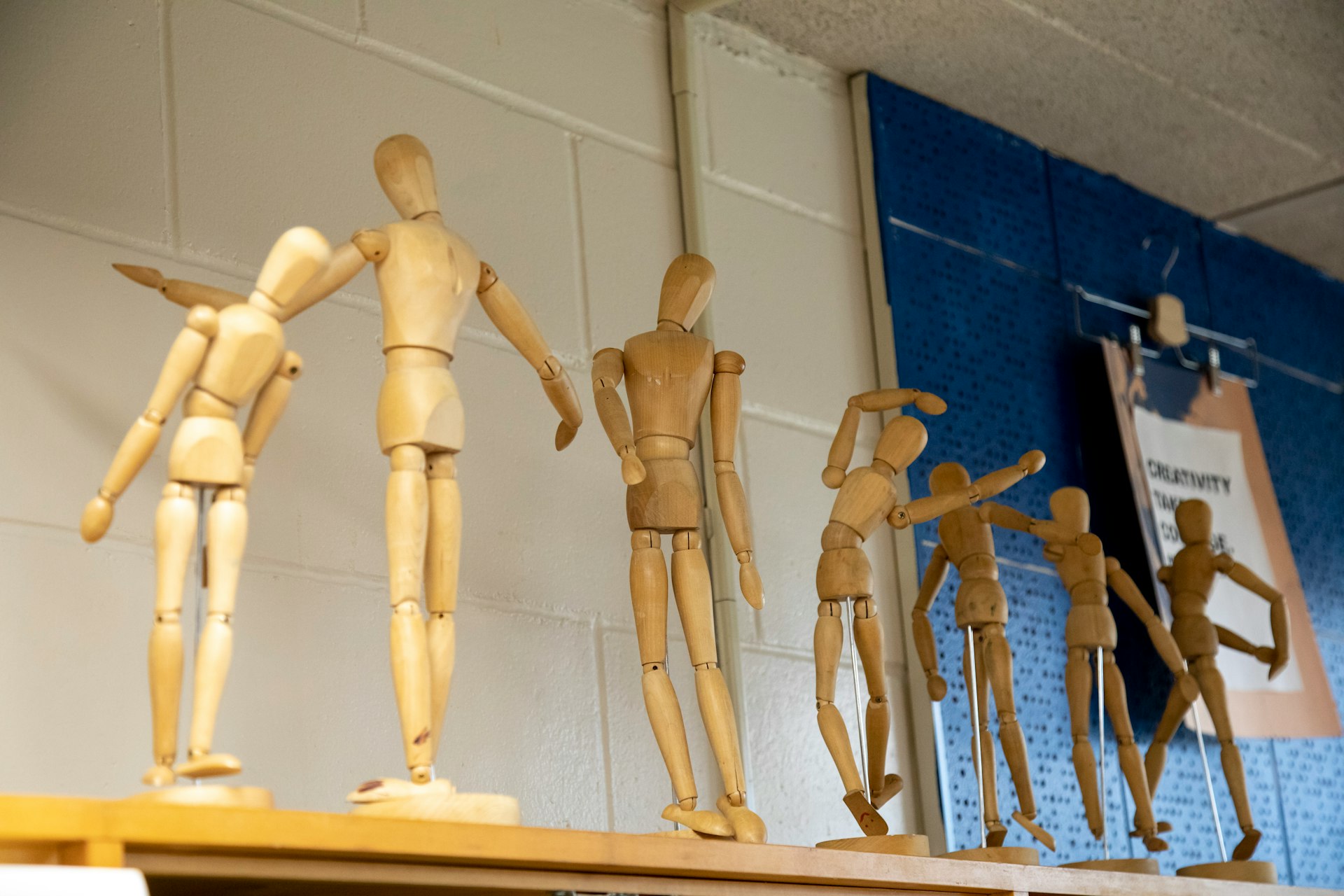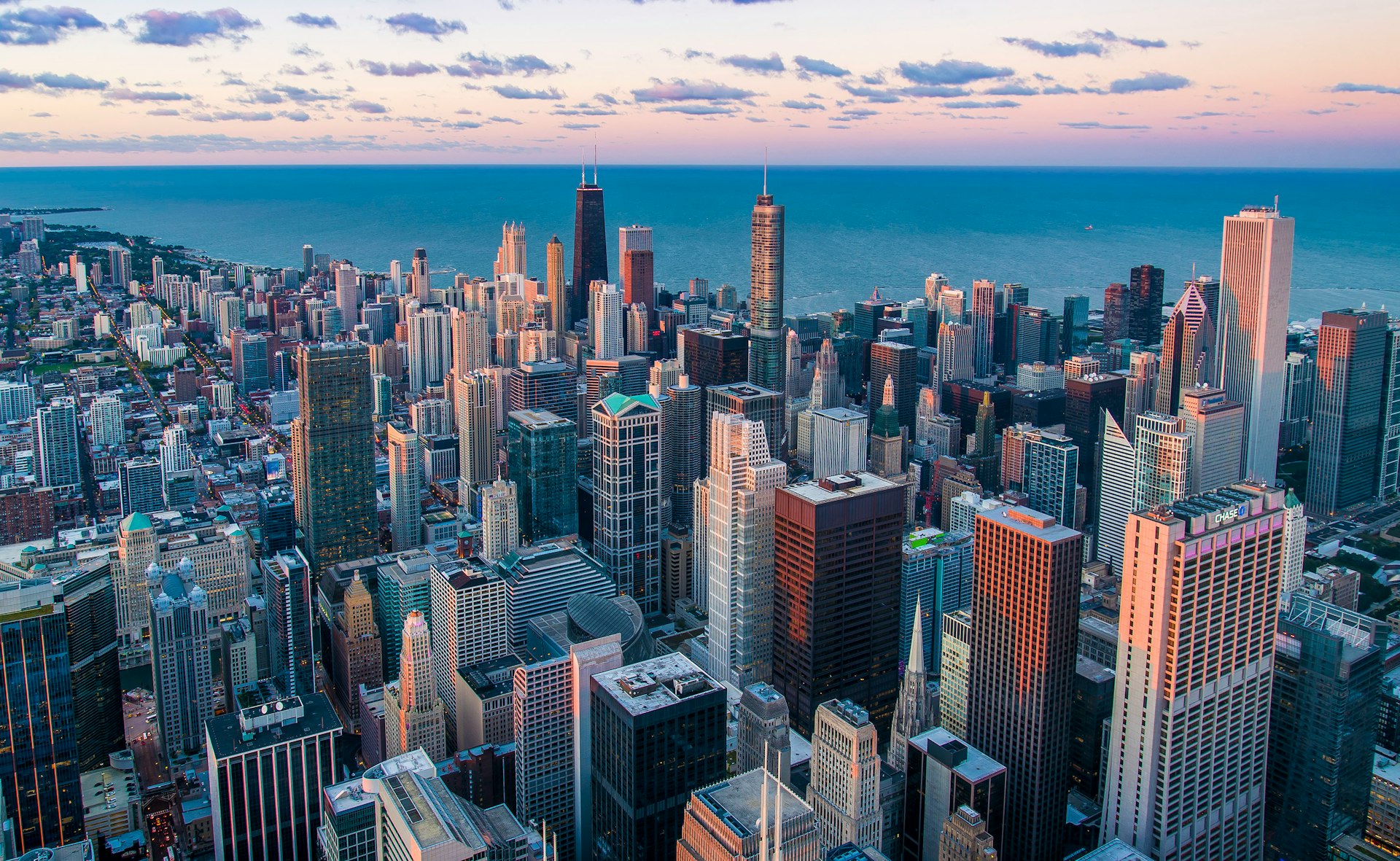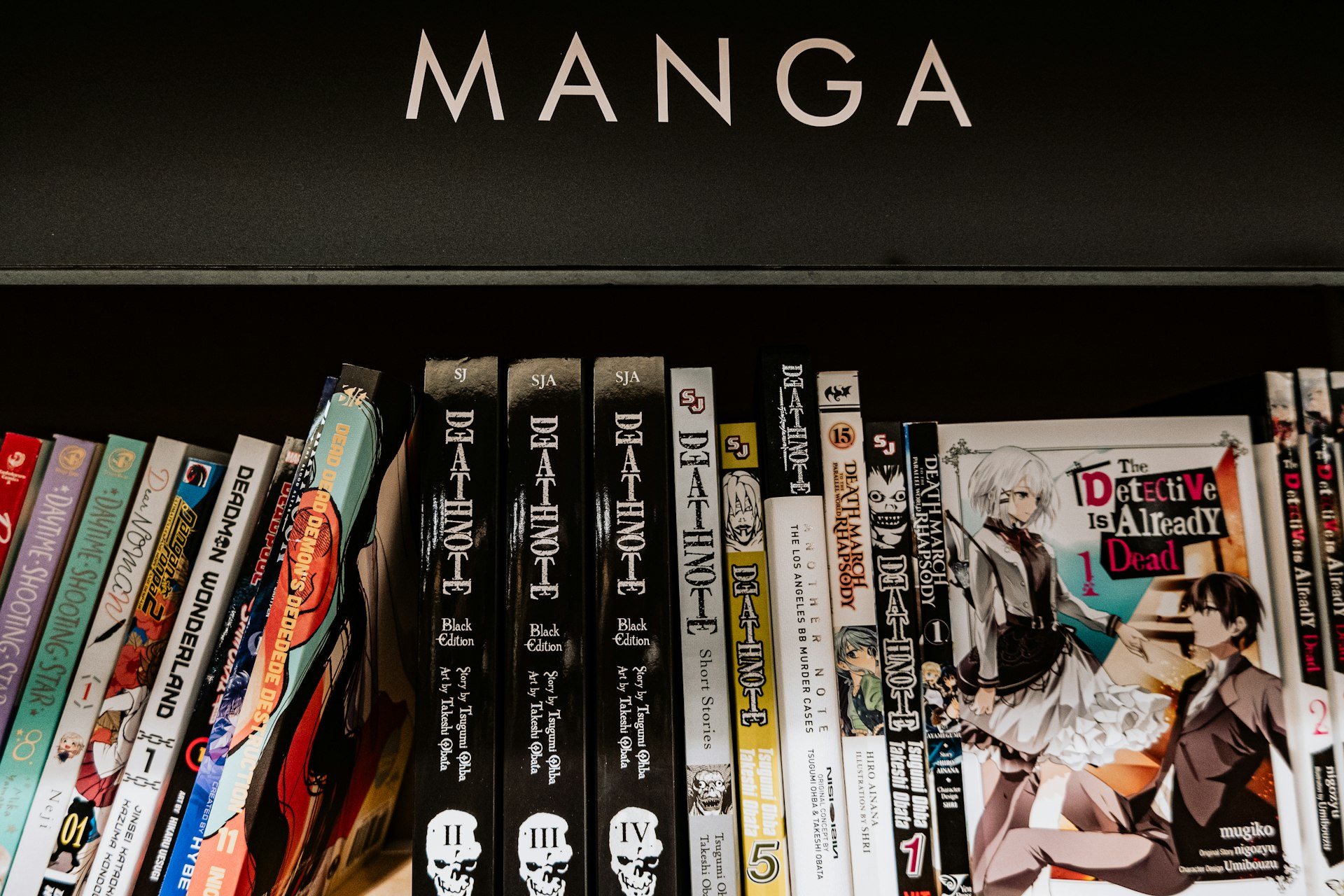Manga has traditionally been a 2D art form—dynamic ink lines, expressive faces, and the iconic use of black-and-white contrast. But as digital tools evolve, more artists are exploring 3D as a storytelling medium. At first glance, it may seem counterintuitive. Why trade the sketchy charm of 2D for polygons and renders? But the shift from 2D to 3D manga isn’t about replacing the old—it's about expanding what's possible.
Here’s why.

1. Efficiency and Reusability
One of the most practical advantages of 3D is how assets can be reused. Once you've modeled a character, outfit, or environment, you don't have to redraw them from scratch every time. Want to show the same alley from a different angle? Just rotate the camera. Need consistent proportions across hundreds of panels? The 3D model never changes. This makes episodic work—especially web manga or long-running series—far more manageable.
In 2D, consistency is a skill you constantly chase. In 3D, it’s built into the system.
2. Camera Freedom and Perspective Accuracy
Perspective in 2D is an art in itself. Vanishing points, foreshortening, and extreme angles require both technical skill and time. With 3D, the camera does the heavy lifting. You can easily experiment with bird’s-eye views, Dutch tilts, or even dynamic 360° action shots that would be exhausting to draw by hand.
This flexibility allows for cinematic storytelling. Manga can now borrow visual techniques from film and video games—making scenes more immersive and dramatic.

3. Environment Depth and Worldbuilding
A 3D environment adds a layer of spatial coherence. Instead of suggesting a city with a few rooftops and skyline silhouettes, you can build an entire street—populated, textured, and lit. The world becomes tangible. Readers can feel the space, not just interpret it.
Artists working in genres like sci-fi, fantasy, or mecha benefit especially. Designing machines, interiors, and elaborate architecture in 3D allows for far more detail and physical logic than drawing everything by hand.
4. Hybrid Aesthetics
3D manga doesn’t have to look like Pixar or a video game cutscene. Tools like Blender, Clip Studio Paint, and VRoid Studio let artists combine 3D models with 2D rendering techniques—cel shading, ink-like contours, hand-drawn textures.
The result? A hybrid style that retains the soul of traditional manga while gaining the dynamism and volume of 3D. Think of titles like Knights of Sidonia or Land of the Lustrous. These works show how 3D can preserve the emotional subtlety of 2D while opening new visual frontiers.
5. Workflow Integration
3D can seamlessly integrate into a 2D pipeline. Some artists use 3D models as rough references, tracing over them to keep a hand-drawn feel. Others use them only for backgrounds or complex objects like vehicles and architecture. The approach is modular.
You don’t have to commit to "full 3D manga." Even just using 3D models for layout or lighting reference can dramatically boost your workflow.
6. Collaboration and Scalability
A 3D manga production can function more like a small studio. One person handles modeling, another animates poses, another renders or adds effects. This division of labor is hard to do with pure 2D drawing, where the style is closely tied to a single hand.
As more manga shifts to digital-first formats, collaborative pipelines are becoming the norm. 3D makes this easier, especially when assets are stored in shared libraries and adapted across volumes.

So, Why Not Just Go 3D?
There are trade-offs. 3D models can sometimes feel stiff or unnatural if not posed carefully. Facial expressions, in particular, often lack the elastic exaggeration that 2D handles so well. Hand-drawn lines are expressive in a way 3D hasn't fully replicated.
Also, learning 3D tools can be daunting. Software like Blender or ZBrush has a steep curve, and rigging characters takes time. If your joy lies in the brush and ink, 3D might feel too clinical.
But perhaps it’s not a matter of 2D vs 3D, but rather 2D + 3D. The modern manga artist has more tools than ever. Whether you're using 3D for full scenes, just backgrounds, or as a creative springboard—it's less about replacing your style and more about enhancing your storytelling.
Final Sketch:
Think of 3D as a set of scaffolding. It gives structure, speed, and stability—but the spirit of your manga still lies in your decisions: where the camera goes, what emotion the characters show, and how each panel flows into the next. If 2D manga is a beautiful drawing, then 3D manga can be a moving sculpture frozen in time—still made with care, still your voice, just cast in new dimensions.
Let me know if you'd like this adapted to your personal voice or paired with sketches or diagrams to illustrate the workflow!